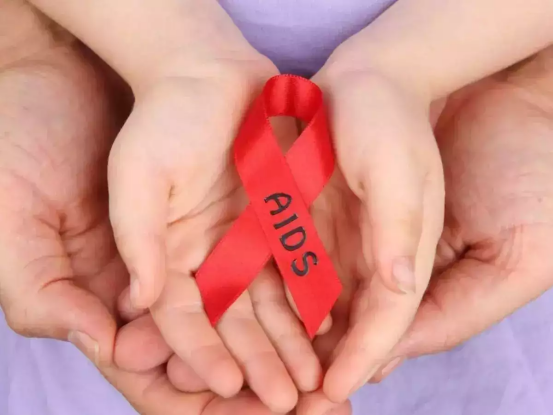
HIV, once seen as a death sentence, has been transformed by groundbreaking advancements in treatment and prevention. Today, with the right strategies, people living with HIV can lead long, healthy lives. This article will explore the latest breakthroughs in HIV prevention, treatment options, and how you can take control of your health to ensure a brighter, healthier future.

HIV Prevention: The New Frontier in Stopping the Spread
HIV prevention has made great strides over the years. While HIV is still primarily spread through unprotected sex, there are now more ways to protect yourself and reduce the virus's transmission.
For individuals who are at high risk—whether due to multiple sexual partners, lack of condom use, or intravenous drug use—Pre-Exposure Prophylaxis (PrEP) has become a game-changer. This daily pill has been shown to reduce the risk of contracting HIV by up to 99% when taken as prescribed. PrEP is a powerful tool for HIV-negative individuals, offering peace of mind and a strong line of defense.
Another important strategy is consistent HIV testing. Regular testing helps individuals know their status and get the care they need early. If you are sexually active or at higher risk, making HIV testing part of your routine is essential. Early diagnosis is key to controlling the virus and reducing the chance of spreading it.
For individuals who inject drugs, needle exchange programs have been pivotal in preventing the spread of HIV. By providing clean needles, these programs help eliminate the risk of HIV transmission from sharing syringes.
HIV Treatment: Transforming a Life-Threatening Condition into a Manageable One
While HIV treatment has existed for decades, the development of Antiretroviral Therapy (ART) has revolutionized the way we manage the virus. ART involves taking a combination of medications that work to suppress the virus, boost the immune system, and maintain an undetectable viral load. With ART, people living with HIV can achieve viral suppression, meaning the virus becomes so low it can't be detected in the bloodstream.
This is significant not only for improving quality of life but also for reducing the risk of transmission. People who have an undetectable viral load and adhere to ART have an extremely low chance of transmitting the virus to their partners, a concept known as Undetectable = Untransmittable (U=U). This breakthrough has changed the way we think about HIV—people living with HIV can live healthy, fulfilling lives without the fear of infecting others.
Although there is still no cure for HIV, ART has turned what was once a life-threatening condition into a manageable chronic illness. With proper treatment, people with HIV can expect to live as long and as healthy a life as those without it.
Innovations on the Horizon: What’s Next for HIV Treatment?
While ART remains the cornerstone of HIV treatment, scientists and researchers are exploring new frontiers in HIV care. One of the most promising areas is gene therapy, which aims to alter the genetic material of cells in the body to either prevent HIV replication or even eradicate the virus. While gene therapy is still in the early stages of research, its potential to revolutionize HIV care is enormous.
Another breakthrough is long-acting injectable treatments. These injections, which can be administered monthly or even quarterly, offer a more convenient alternative for people who struggle with the daily commitment of taking pills. This advancement is particularly exciting for those who face barriers to adherence, such as side effects, stigma, or access issues.
Additionally, efforts to expand access to treatment, especially in resource-limited areas, are ongoing. Organizations and governments are working tirelessly to ensure that everyone, regardless of income or location, can benefit from the latest HIV treatments.
Moving Toward an HIV-Free Future: The Importance of Global Action
While we’ve made significant progress in the fight against HIV, there is still much work to be done. Ending the HIV epidemic requires a global effort—education, awareness, and access to care are key to reducing transmission rates. By understanding HIV, getting tested, and using prevention methods like PrEP, we can work together to protect ourselves and others.
Furthermore, ending the stigma around HIV is crucial for improving the lives of those living with the virus. A supportive, non-judgmental environment is essential for people to seek treatment, adhere to care regimens, and live without fear of discrimination.
Taking Control of Your Health: What You Can Do
No matter where you are in your journey with HIV, there are steps you can take to protect yourself and those around you. If you are HIV-negative, consider starting PrEP if you are at high risk, and get tested regularly. If you are living with HIV, adhere to ART and stay up to date with your healthcare appointments.
Taking charge of your health means more than just preventing or treating HIV—it means living life fully. With the latest advancements, HIV can be managed just like any other chronic condition, allowing people with HIV to lead healthy, active lives. The future of HIV care is brighter than ever, and now is the time to take action.







